How the Clarinet is Made
Making the key components
The technique of the craftsman
Key components
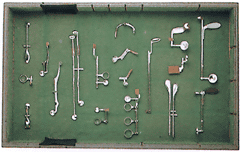
Pressing and forging
The keys are formed by flattening the constituent material at great pressure so as to increase their strength.
What is the forging process? Compared to cast components, components that have been through the forging process are stronger and more rigid, and are less susceptible to breaking.
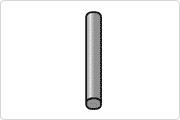
Making holes
The holes are formed by flattening the constituent material at great pressure so as to increase their strength which shaping them.
Trimming
Components are cut to shape using guides that have the same shape as the components. This is performed manually on high-grade, handmade models.
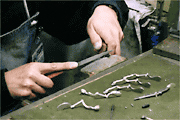
Attached by brazing
The key components such as key tubes, key rods and keys, pad cups and arms are individually brazed to the body of the clarinet.
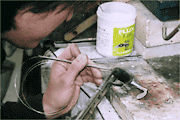
Plating
The plating is inserted in a solution and electro-plated.
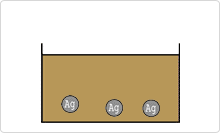
Musical Instrument Guide:Clarinet Contents
Structure
How the Instrument is Made
Choosing an Instrument
Trivia
- "I Broke My Clarinet" is a French folk song
- Inspiring composers
- In Italy, a single B♭ clarinet
- At one time, most clarinets were made of boxwood
- In vogue in the 1900s-the metal clarinet
- A transparent clarinet?
- Famous clarinet works: concertos
- Famous clarinet works: chamber music
- What is the relationship between hertz and cents?
